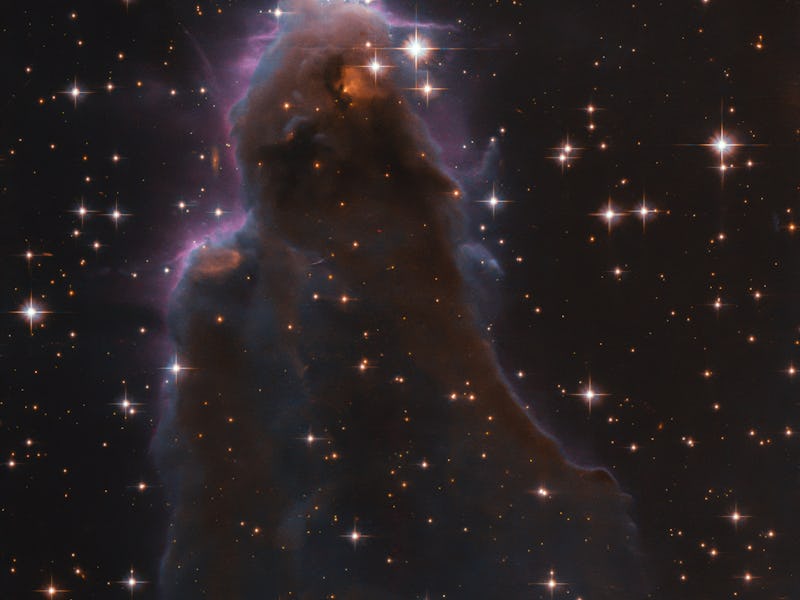Scientists are building a virtual cosmos in a garage
The first-of-its-kind lab will help solve some of the biggest mysteries of the universe.

The infinite universe, replete with thousands of galaxies, stars, and planets, can seem beyond human perception. But one scientists are trying to do just that — by simulating the deep cosmos within the confines of a garage in California.
A team of astrophysicists from the Carnegie Institution for Science are building a new workspace where they will study the universe using an immersive, virtual-reality display.
The experiential installation for visualizing data — dubbed the VizLab — will unlock clues as to how our universe works.
“Science is collaborative and multi-disciplinary,” Juna Kollmeier, director of the Carnegie Theoretical Astrophysics Center and leader of the team behind the new VizLab, said in a statement.
“But our workspaces are often solitary and siloed. I envisioned a space where teams could work together as they synthesize an unprecedented amount of data. Twenty-first century data require 21st century laboratories.”
The refurbished garage now houses custom-designed technology that will use existing data generate to generate models of ancient galaxies that formed early on in the universe, and allow scientists to view them side-by-side with swirling, colorful simulations of galaxy formation.
The data were collected over decades of observations of the cosmos, but this new technology will enable scientists to reinterpret the data to trace the evolution of the universe. This virtual simulation of the universe will allow scientists to test out current theories about how galaxies form and evolve over time, revealing what checks out in virtual reality, and what needs further investigation.
The technology used in the virtual laboratory builds on the computational infrastructure that Carnegie theorists have been building over the past decade at the institutes' observatories, which were partly funded by NASA.
Though once a garage, the physical space itself now appears futuristic, featuring an immersive visualization display system with 35 2D- and 3D-capable flat panel screens arranged in the shape of a cresting wave.
The garage has gotten some major upgrades, transforming into a futuristic virtual reality lab.
“I wanted to capture the collaborating that is often done together in front of blackboards, but with the capability of interrogating huge simulations and datasets like a Holodeck on Star Trek," Kollmeier said.
"Maybe we’ll also fight the Borg," she joked. "There are lots of possibilities."
At the VizLab, scientists and curious stargazers will be able to view simulations of the deep cosmos.
The VizLab will have a virtual launch party early next year, and the public will be able to get a glimpse of the virtual cosmos for themselves.
“In a normal year, thousands of visitors pass through the Observatories’ halls for school visits, group tours, and our annual open house event," Andrew Benson, a researcher at Carnegie and another member of the team said. "Now we can bend the rules of time and space, allowing them to visit the farthest reaches of the cosmos."